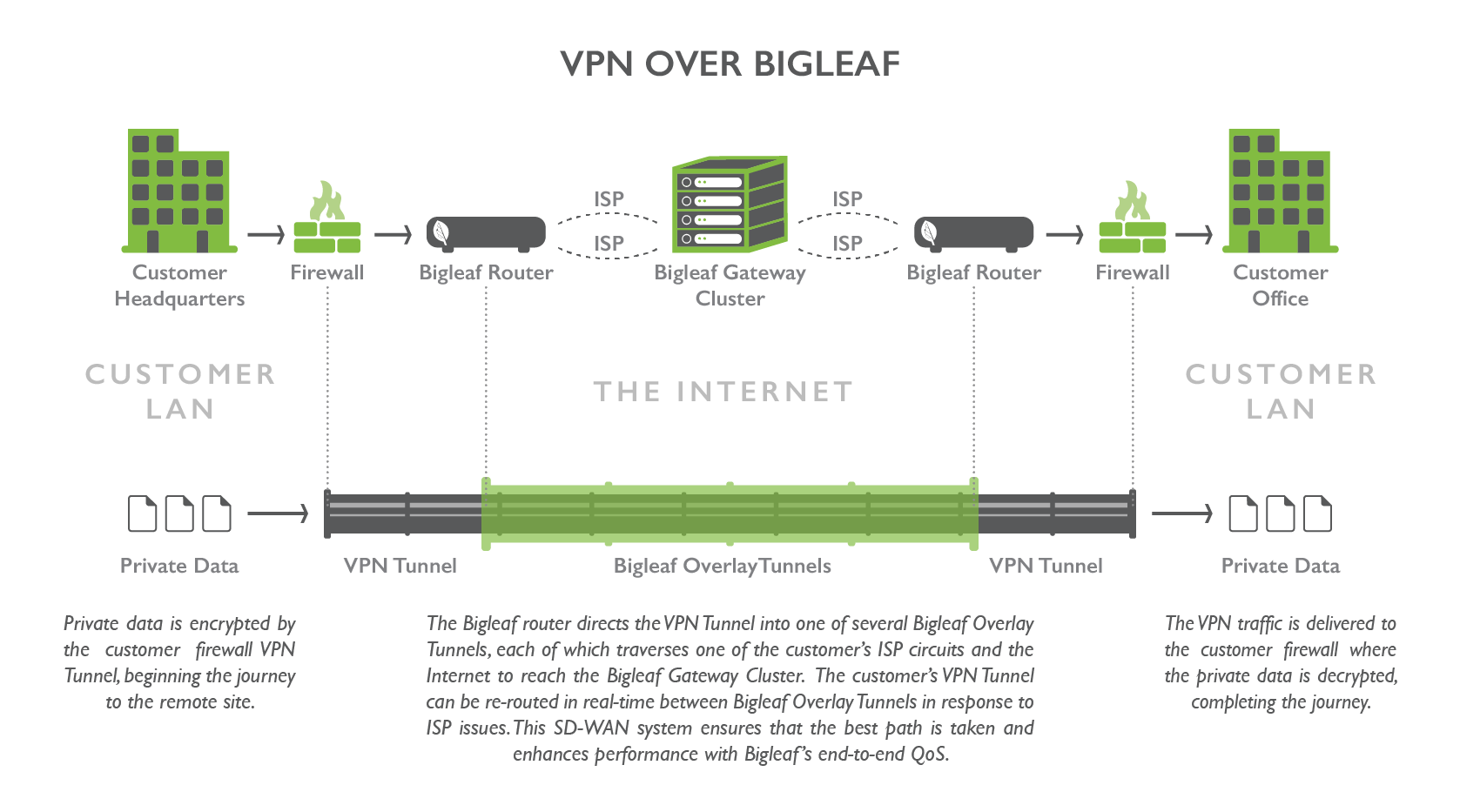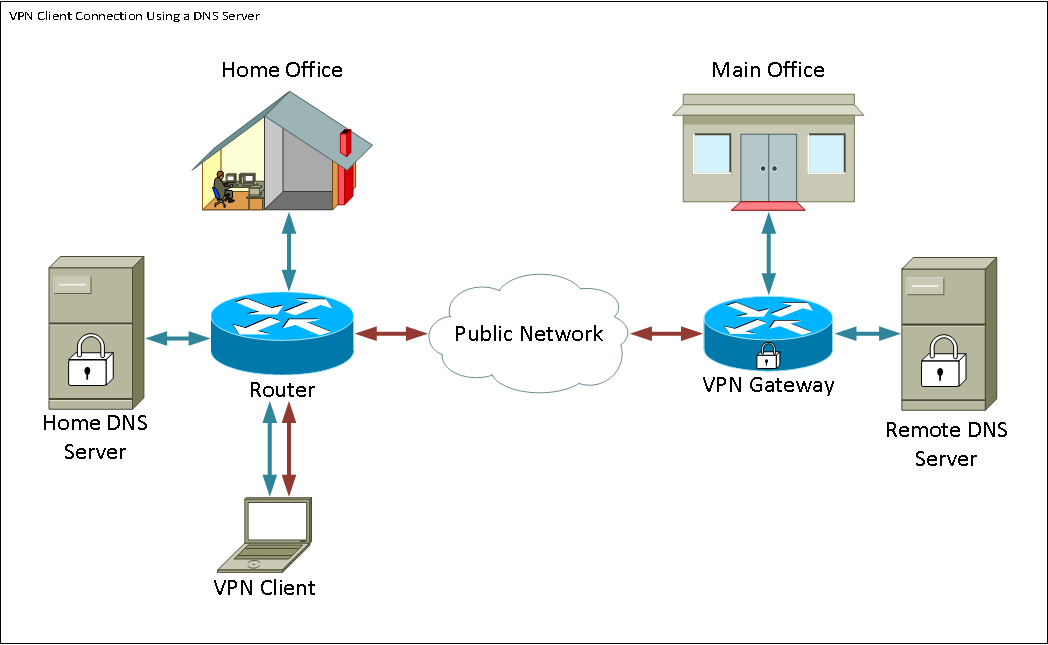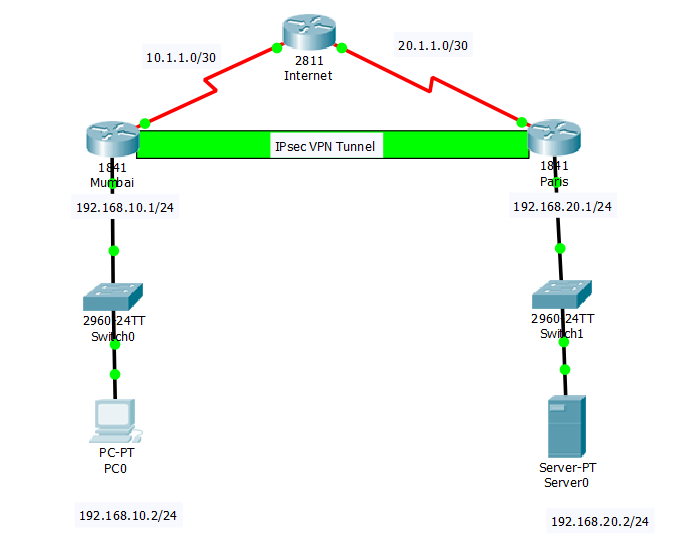Cisco Openvpn Server
Configuring the router

You are going to need to make some changes to the settings for the router that is running on the home network and that is attached to your OpenVPN server. The particular router I used for testing is a Linksys WRT54G version 1.1 running Sveasoft’s Alchemy firmware. You will need a router that is capable of updating itself to DynDNS.org or some other service if you have a dynamic IP address.

You'll also need to make sure that the port you configured OpenVPN to listen on is forwarded on the router to the IP address of your server. On the WRT54G, port-forwarding is configured in the 'Applications & Gaming' section. Enter 1194 for the port, UDP for the protocol, and 192.168.1.150 for the IP address. Make sure the entry is enabled and then save the setting.
Note: Replaces IP with your VPN Server IP address. Automate VPN Connection from CLI. To create an automatic connection, make a script first creating user details. $ vim /.vpncreds username Password y. Set up username, password in the file. Then create a script file like below: $ vim vpnconnect.sh!/bin/bash VPNSERVER='192.168.10.10' echo. Access Server subscriptions are based on the needed number of simultaneous VPN connections. While others charge based on the number of CPU cores or the bandwidth of the server, OpenVPN does not. Basically, OpenVPN server is good thing on this router as it allow me to manage connection directly by the router. In my case, I can poweroff my NAS and power up when needed using my vpn. Your case (split mode + private LAN DNS only - when vpn up) is quite tricky and most of low cost stock router will not allow you to do so. $ 0 / per connection / month Access Server subscriptions are based on the needed number of simultaneous VPN connections. While others charge based on the number of CPU cores or the bandwidth of the server, OpenVPN does not.
Next, you need to add an entry to the router’s Routing Table. This will enable the router to properly route requests from the clients to the TAP interface of the server.
On the WRT54G, you would go to the 'Setup page and then the 'Advanced Routing' section.
Enter the following info to make the entry:
Once the info has been typed in make sure you save the setting.

OpenVPN is a tried and true VPN solution. It's totally secure and infinitely configurable. You can install and run this software without relying on a third party, but the fact that it’s open source and free is what really makes it stand out. OpenVPN can be a little daunting to configure the first time you jump into it, but once you get your configuration worked out, it’s a pleasure to use. After you have the software running on your network, it’s possible to seamlessly perform a great number of tasks. One of the most popular and practical uses for OpenVPN is its ability to enable secure surfing and home network access—whether you're out traveling or you're on an open wifi access point. It can also be used to connect separate remote networks together into one large network that is fully routable. As you can see, there’s really no limit to what you can do with OpenVPN.
For the purposes of this article, I'm going to demonstrate how to set up OpenVPN on a typical home network. The following configuration will give your client PCs secure internet access anywhere—as well as full access to your home network. The information contained in this tutorial will be aimed at Windows users who have a router that has capabilities similar to the Linksys WRT54G.
OpenVPN Installation
Install Openvpn Server
First, download the install file from http://openvpn.se/download.html (the file is called openvpn-2.0.5-gui-1.0.3-install.exe). This is the GUI version of OpenVPN. It’s basically good ole OpenVPN with a minimal graphic interface that is accessible from the system tray.
Install this file on the computer that's going to be your OpenVPN server first. The computer you choose to use should be turned on and running OpenVPN whenever you wish to have your virtual network accessible.
Free Openvpn Server
If you have any previous versions of OpenVPN installed, you should shut down any running instance of it before running the install file.

Cisco Openvpn Server Setup
Next, run the install program. During the installation you can choose whether the GUI program is started automatically at system startup. (The default is yes.) I recommend leaving all of the options on the default, and, as a result, all of the following instructions assume that you have installed the program in the default directory. Remember, at the end of the install you will need to reboot the machine.
